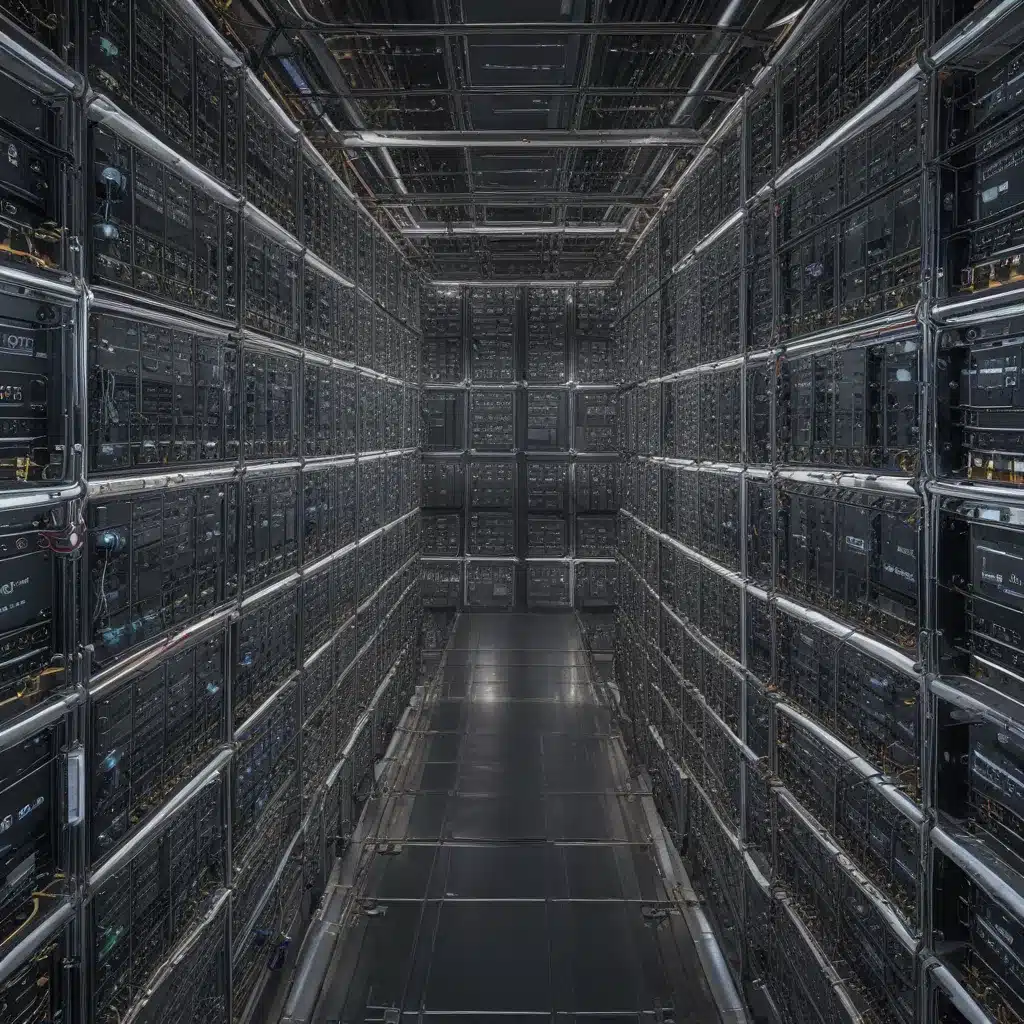
The Quantum Internet: Unlocking a New Era of Secure Communication and Powerful Computation
The quantum internet is poised to revolutionize the way we communicate, compute, and interact with the digital world. Unlike the classical internet we use today, the quantum internet harnesses the unique properties of quantum mechanics, such as entanglement and superposition, to enable a host of unprecedented applications. From unhackable communication and distributed quantum computing to secure sensor networks and privacy-preserving voting, the quantum internet promises to unlock a new frontier in technology and transform our digital landscape.
At the heart of this quantum revolution is the need for a robust and scalable quantum network infrastructure – the backbone that will connect quantum devices and enable the exchange of quantum information over long distances. Google, in partnership with leading academic institutions like Harvard University, is at the forefront of this endeavor, driving rapid progress towards the realization of the quantum internet.
Entanglement: The Quantum Glue Binding the Network
The core of a quantum network is the distribution of entanglement between its nodes. Entanglement is a peculiar quantum phenomenon where the states of multiple particles become inextricably linked, even when separated by great distances. This quantum correlation is the key to unlocking the power of the quantum internet.
By distributing entangled states across a network of quantum devices, researchers can enable a wide range of applications that leverage the unique properties of quantum mechanics. For example, quantum key distribution allows two parties to generate an unbreakable encryption key, with any attempted eavesdropping immediately detected. Quantum teleportation enables the transfer of quantum states between distant nodes, paving the way for long-distance quantum communication. And quantum sensing networks can detect the smallest of disturbances, with applications in areas like navigation, geology, and medicine.
However, the practical realization of a large-scale quantum network faces significant challenges. Quantum systems are inherently fragile, susceptible to errors and environmental noise that can degrade the fragile quantum states. Developing the necessary hardware, software, and protocols to reliably distribute and maintain entanglement over long distances is a complex and multifaceted endeavor.
Google’s Quantum Networking Research: Forging the Path Forward
To address these challenges, Google has partnered with leading academic institutions, including the Harvard Quantum Initiative (HQI), to drive forward the development of quantum networking technologies. This strategic alliance combines Google’s industry expertise and resources with the cutting-edge research capabilities of academia, creating a powerful synergy that is accelerating progress towards the quantum internet.
Advancing Quantum Memories and Integrated Photonics
One of the key focus areas of the Google-HQI collaboration is the development of quantum memories – devices capable of storing and retrieving quantum information. Quantum memories are essential for building quantum repeaters, which can extend the reach of quantum networks by faithfully relaying quantum states over long distances.
Researchers at HQI, led by Mikhail Lukin and Marko Lončar, are pioneering new approaches to quantum memories using atom-like defects in diamond and integrated photonic circuits. These innovative technologies aim to create robust, scalable, and high-performance quantum memory nodes that can be seamlessly integrated into a quantum network infrastructure.
Additionally, the team is exploring advancements in integrated photonics, which will be crucial for linking these quantum memory nodes to the existing optical fiber network. By developing efficient wavelength conversion and multiplexing techniques, the researchers are working to seamlessly bridge the gap between the quantum and classical domains, enabling the exchange of quantum information over long distances.
Quantum Materials and Elevated-Temperature Operation
Another critical area of focus is the development of quantum materials that can operate at elevated temperatures, moving beyond the cryogenic conditions typically required for quantum systems. Evelyn Hu and Hongkun Park, leading materials scientists at HQI, are exploring novel materials and device architectures that can maintain the necessary quantum coherence and functionality at higher temperatures.
This is a crucial step towards realizing practical and scalable quantum networking components that can be deployed in real-world environments, without the need for complex and energy-intensive cooling systems. By unlocking elevated-temperature operation, the researchers are paving the way for more accessible and cost-effective quantum network infrastructure.
Entanglement Distribution Protocols and Scalable Network Determination
Alongside the hardware developments, the Google-HQI collaboration is also tackling the theoretical and algorithmic challenges of quantum networking. Sumeet Khatri, a doctoral student at Louisiana State University, has pioneered a mathematical framework for entanglement distribution protocols in quantum networks, leveraging reinforcement learning to discover optimal protocols for reliable entanglement distribution.
Moreover, the team has developed a scalable approach to determining the fidelity and genuine multi-node entanglement in quantum networks, even in the presence of untrusted measurement devices or classical nodes. This is a crucial capability, as it allows for the faithful evaluation of the quantum network’s performance and the integrity of the entanglement backbone – a necessary step towards realizing practical and trustworthy quantum internet applications.
Towards a Quantum-Enabled Future
The strategic alliance between Google and the Harvard Quantum Initiative is a powerful example of how industry and academia can collaborate to accelerate the development of transformative technologies. By combining Google’s technical expertise and resources with the cutting-edge research capabilities of HQI, this partnership is driving rapid progress towards the realization of the quantum internet.
From the development of robust quantum memories and integrated photonics to the exploration of high-temperature quantum materials and scalable network determination protocols, this collaboration is laying the essential groundwork for a quantum-enabled future. As the research continues to unfold, we can expect to see increasingly tangible advancements in quantum networking capabilities, paving the way for the emergence of revolutionary applications that will forever change the way we communicate, compute, and interact with the digital world.
The quantum internet is no longer a distant dream; it is a rapidly approaching reality, with Google and its academic partners at the forefront of this quantum revolution. As we stand on the cusp of this technological transformation, the possibilities are truly limitless.












